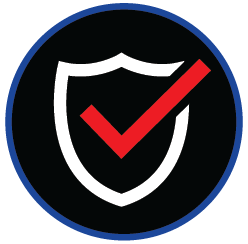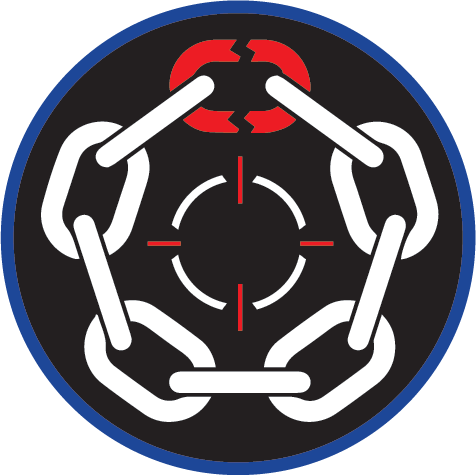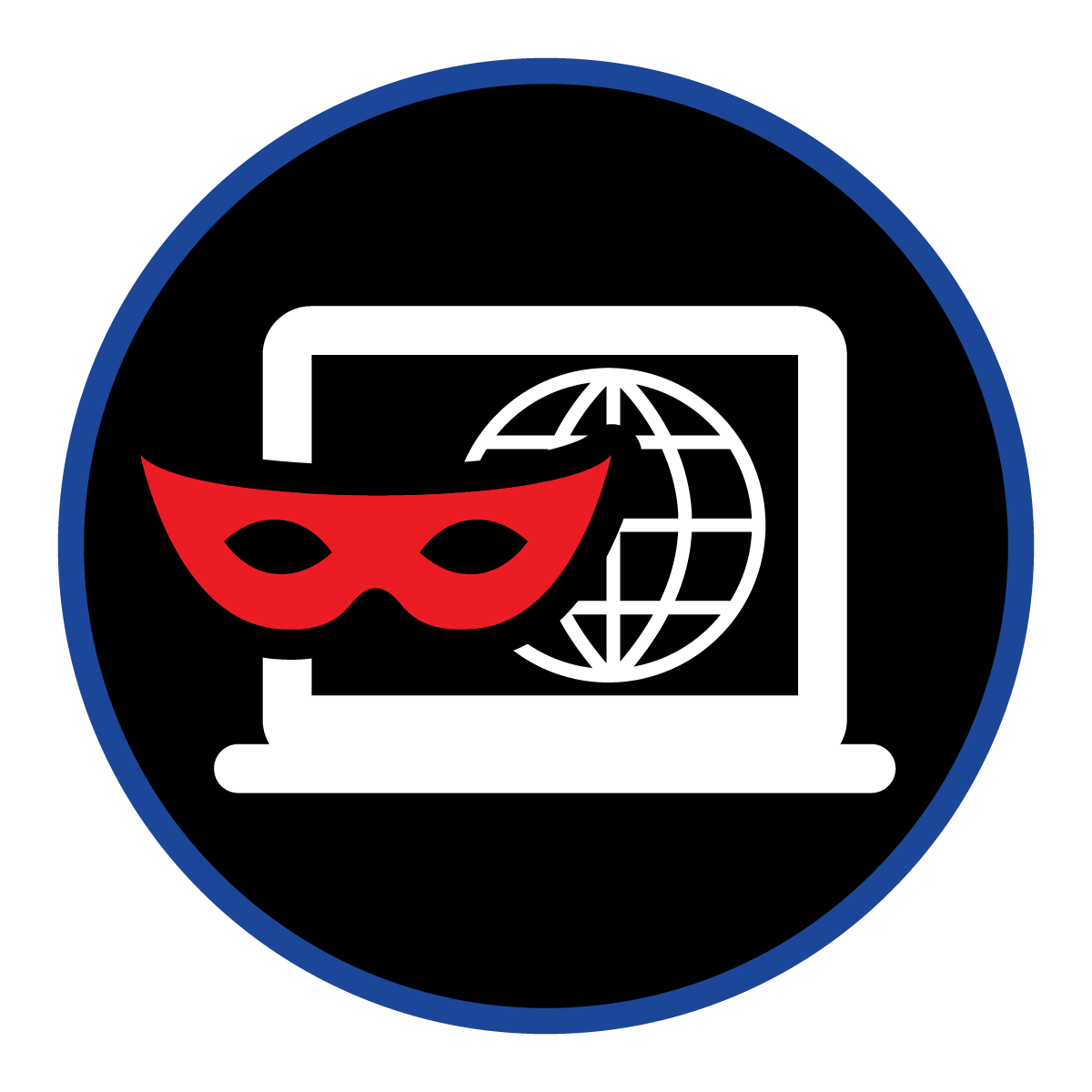
Positive Security Indicators
Elevate Security Visibility: Discover Strengths with ThreatNG Positive Security Indicators
ThreatNG offers a comprehensive view of your security posture by identifying weaknesses and highlighting your strengths through Positive Security Indicators. From an external perspective, ThreatNG objectively validates the presence of beneficial security controls and configurations, such as Web Application Firewalls and robust email security measures, which contribute to a reduced risk profile. This unique approach provides valuable insights to security teams, risk management professionals, and stakeholders by delivering a balanced security assessment and demonstrating the effectiveness of proactive security investments.

Positive Security Indicators: A Comprehensive View of Your Security Strengths
Positive Security Indicators thoroughly evaluate an organization's security posture by identifying and validating effective measures across key areas. This analysis encompasses various dimensions, including application security, which involves controls to protect web applications, and network security, which emphasizes the robustness of network infrastructure. It also addresses email and domain security, focusing on secure communication practices and data protection, underscoring the significance of safeguarding sensitive information. Lastly, governance and compliance indicators shed light on an organization's overall security management and adherence to regulations. A complete and balanced view of an organization's security strengths is attained by assessing these diverse categories.
Network Security
Includes indicators that reflect the security posture of an organization's network infrastructure. Covers configurations and controls designed to restrict network access, protect network services, and prevent network-based attacks.
Data Protection
Covers indicators that highlight an organization's efforts to safeguard sensitive data and credentials. Measures that secure data storage, manage access to data, and reduce the risk of data breaches are included in this category.
Application Security
Includes positive security indicators concerning web application development, deployment, and maintenance. The focus is on controls and practices designed to prevent application-layer attacks, safeguard sensitive data processed by applications, and ensure the secure operation of software.
Email & Domain Security
Focuses on indicators that show secure configurations and practices related to email communication and domain name systems. It includes measures that prevent email spoofing, ensure email deliverability and integrity, and protect against domain-related attacks.
Governance & Compliance
Features indicators that provide insights into an organization's security governance, risk management practices, and adherence to relevant regulations. It reflects the organization's overall security approach and commitment to managing security risks.
Proactive Security Elevated: Understand Your Defenses and Reduce Risk Holistically
Move beyond basic assessments. Understand your security posture across your external footprint, digital presence, brand integrity, cloud environments, third-party relationships, and during due diligence – informed by validated security strengths and weaknesses.

Provides a more accurate representation of the external attack surface by highlighting adequate security controls, not just vulnerabilities, allowing for better prioritization of remediation efforts.
Aids in asset inventory and exposure management by identifying security configurations (like properly configured DNSSEC) that reduce the risk of specific attack vectors.
Helps to understand the reconnaissance footprint an organization presents to attackers, showing which security measures are externally visible and could deter or hinder an attacker's progress (e.g., presence of a WAF).
Contributes to a more comprehensive threat assessment by indicating the presence of controls that mitigate specific digital risks, such as email security configurations (SPF, DMARC) that reduce BEC and phishing susceptibility.
Supports brand protection efforts by validating security measures that enhance the trustworthiness of digital assets and reduce the potential for brand impersonation (e.g., proper certificate management).
In the context of data leak detection, PSIs can indicate security practices (like the absence of exposed cloud buckets) that lower the risk of unintentional data exposure.
Leads to more balanced and accurate security ratings by factoring in an organization's security strengths alongside weaknesses, providing a fairer evaluation of overall security posture.
Enhances the credibility of security ratings by providing evidence-based validation of security controls, increasing confidence for stakeholders who use security ratings for decision-making.
Allows for more granular security ratings that reflect specific areas of strength, enabling organizations to demonstrate their security maturity to customers and partners.

Brand Protection
Demonstrates proactive security measures that protect the brand's online presence, such as using HSTS (HTTP Strict Transport Security) to enforce secure web application communications.
The presence of cookie compliance vendors shows that the organization takes customer privacy and data protection seriously.
Assures that the organization diligently manages its digital assets, reducing the risk of brand damage from issues like subdomain takeovers or invalid certificates.
Cloud & SaaS Exposure Management
Validates effective cloud security practices, such as the absence of publicly exposed cloud buckets, indicating proper security policies and posture.
Confirm the use of security measures within SaaS applications, like authentication vendors that indicate the use of MFA or SSO.
Helps to identify standardized endpoint deployments through configuration management vendors, showing administrative and response capabilities.
Due Diligence
It offers a more comprehensive view of a target company's security posture during mergers and acquisitions, going beyond identifying vulnerabilities to assessing security strengths.
Provides concrete evidence of security investments and their effectiveness, helping to inform decisions about risk and valuation.
Facilitates a more accurate assessment of potential security liabilities by identifying proactive security measures that reduce the likelihood and impact of security incidents.
Third-Party Risk Management
Provides objective evidence of a third party's security maturity, aiding in vendor risk assessments and due diligence processes.
Helps evaluate a third party's security controls, such as their email security posture or web application protection, to understand potential risks in data sharing and integrations.
Assesses the security practices of vendors and partners to support supply chain security and reduce the risk of vulnerabilities being introduced through the supply chain.
Frequently Asked Questions
-
Positive Security Indicators are externally observable security controls, configurations, and practices that demonstrate an organization's proactive efforts to strengthen its security posture. Instead of solely focusing on vulnerabilities, they highlight the presence of security measures that reduce risk and improve overall security.
-
Positive Security Indicators provide a more balanced and comprehensive view of an organization's security. They validate the effectiveness of implemented security controls, allowing organizations to understand their strengths and prioritize improvement areas. This approach offers a more accurate security assessment beyond simply identifying weaknesses.
-
Within ThreatNG, Positive Security Indicators round out the platform's capabilities by providing a complete picture of an organization's external security. As ThreatNG is an all-in-one external attack surface management, digital risk protection, and security ratings solution, this feature strengthens its assessment, reporting, and continuous monitoring functionalities. It allows ThreatNG to offer a more nuanced evaluation of security posture.
-
Positive Security Indicators are valuable to various stakeholders, including:
Security teams who gain a better understanding of their security effectiveness.
Risk management professionals can more accurately assess and report on security posture.
Executives and management, who receive a clear view of security investments and their returns.
Customers and partners who can gain assurance about an organization's security practices.
-
Positive Security Indicators are helpful in several ways:
They provide objective evidence of security control implementation.
They help prioritize security efforts by identifying areas of strength and weakness.
They facilitate better communication about security posture to both technical and non-technical audiences.
They support benchmarking and comparisons against industry best practices.
-
Example 1: ThreatNG could identify an organization's mobile app that inadvertently exposed an API key, allowing unauthorized access to sensitive data.
Example 2: ThreatNG could detect a malicious version of an organization's app designed to steal user credentials.
Example 3: ThreatNG could monitor app marketplaces for updates and alert security teams if a new version introduces vulnerabilities.




















